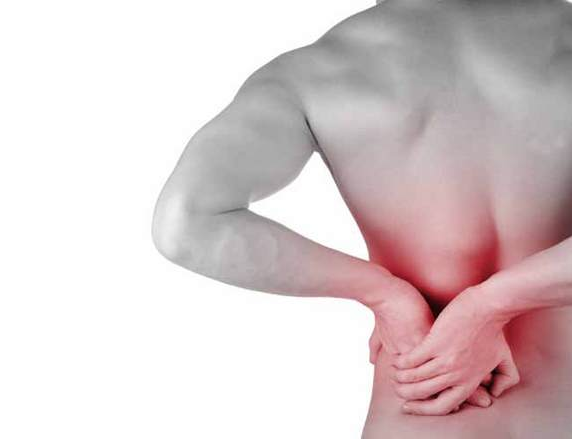Having a heel spur doesn’t create the inflammation that occurs in an area or that radiates to the underfoot. It is documented that in some cases a bone spur of up to 1cm on both heels only illicits pain in a single foot. Some say as little as 5% of bone spurs result in inflammation and painful conditions. The issue comes about when a bony formation occurs close to or at the site of a tendinous insertion. Its not necessarily that the spur irritates the tendon, moreso it creates a bio-mechanic (the way that an articulation/joint moves or operates) that can create an inflammatory response or ask too much of a tendon/muscle to overperform. So indeed you are often not necessarily treating the spur but the condition that is being caused by it.
Posted
CommentPost a comment



